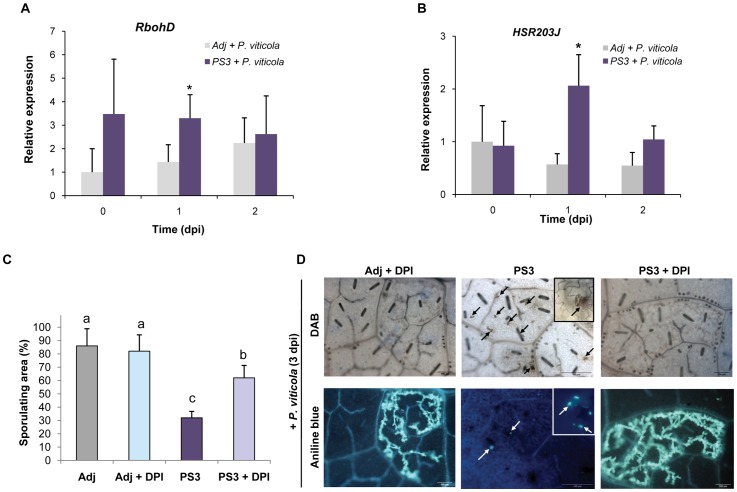Figure 4. Priming of ROS and HR-like cell death are key defenses during PS3-IR to P. viticola.
A, B. Primed transcript accumulation of genes encoding a NADPH-oxidase (RbohD) and a HR-related lipase (HSR203J) revealed by qPCR in plants treated with PS3 (5 g l−1) or Adj (0.05%) at 0, 1 and 2 dpi. Means of relative expression after the two treatments derived from four independent biological experiments were compared within a timepoint. Asterisks indicate significant differences using unpaired heteroscedastic Student's t-test (P<0.05). The 2nd and 3rd youngest full-sized leaves of four plants were sampled and combined per treatment and per timepoint. The relative expression in Adj at 0 dpi was set as 1 and the others were adjusted accordingly. The error bars represent the standard error of the mean. C. Diphenylene iodonium (DPI) partly abolishes the PS3-IR to P. viticola in grapevine. Leaf disks were treated during 1 day with 10 µM DPI, washed and then treated with 2.5 g l−1 PS3 during 1 day, washed and, finally inoculated with P. viticola. Leaf sporulating area evaluated at 8 dpi. Different letters indicate statistically significant differences (P<0.05; ANOVA followed by LSD test). Data are representative of three independent experiments (n = 3). D. Microscopic analyses on the same grapevine leaf discs show that DPI inhibits the primed H2O2 production (black arrows and inset) and callose deposition (white arrows and inset) during PS3-IR, leading to P. viticola spreading. Aniline blue and DAB staining were realized to detect callose and H2O2, respectively. Pictures are representative of three independent experiments. Bar = 100 µm.

